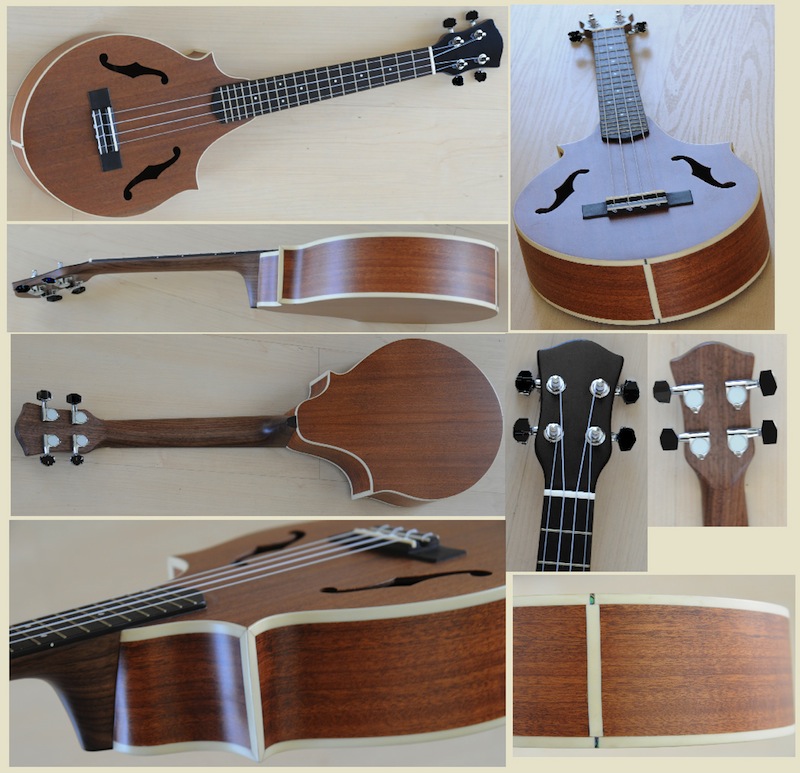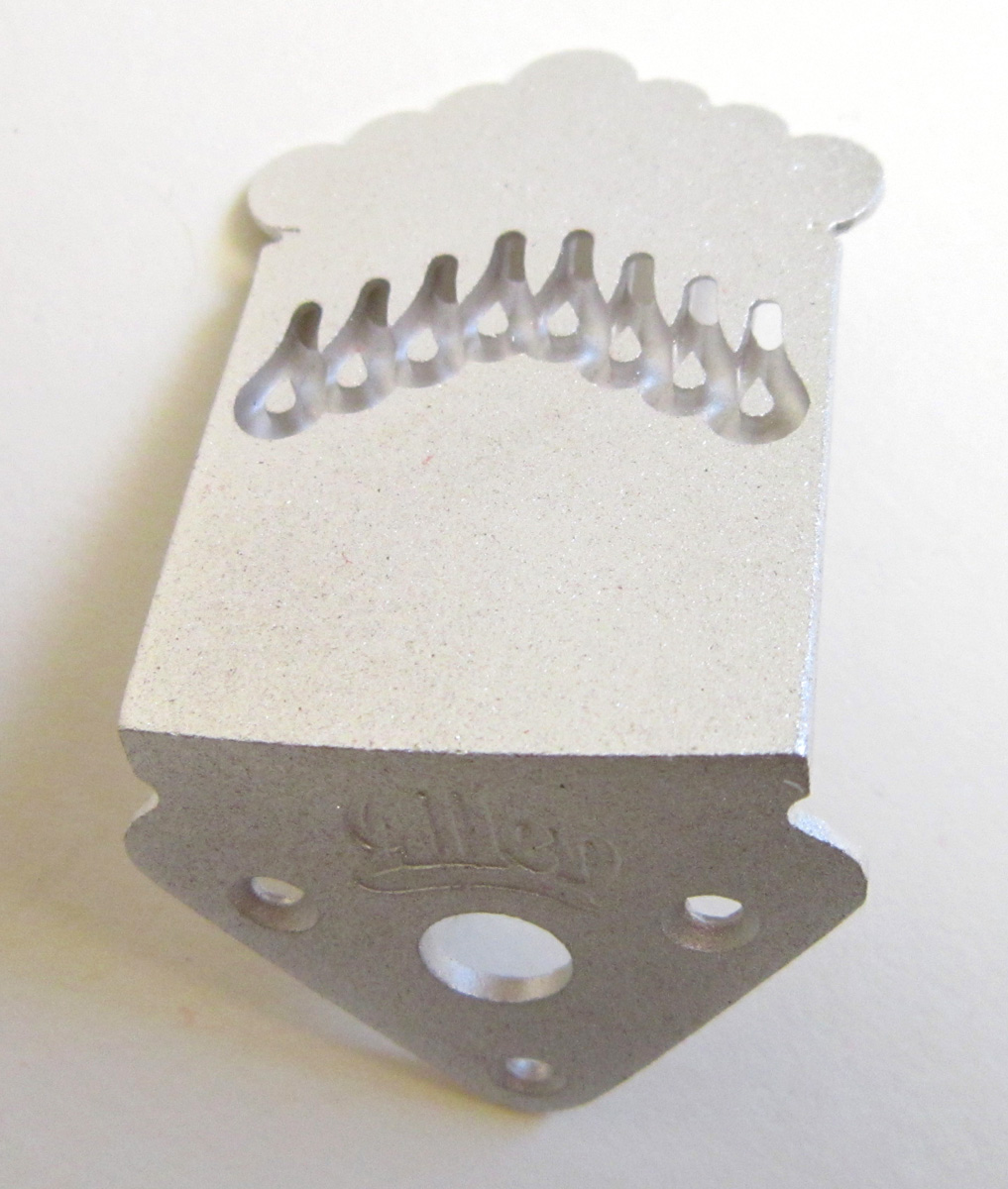Hey folks,
I have a friend who is going to give me an old Mandolin. He says it is UGLY. thus it is free. I was wondering, can a person pull off the strings and put a set of high g stings on it. Leave four of the tuning pegs empty. Has anyone tried this?
I won't get the mandolin for a week or so, just thought I would ask and see if it is even worth trying?
thanks in advance
mark
I have a friend who is going to give me an old Mandolin. He says it is UGLY. thus it is free. I was wondering, can a person pull off the strings and put a set of high g stings on it. Leave four of the tuning pegs empty. Has anyone tried this?
I won't get the mandolin for a week or so, just thought I would ask and see if it is even worth trying?
thanks in advance
mark




